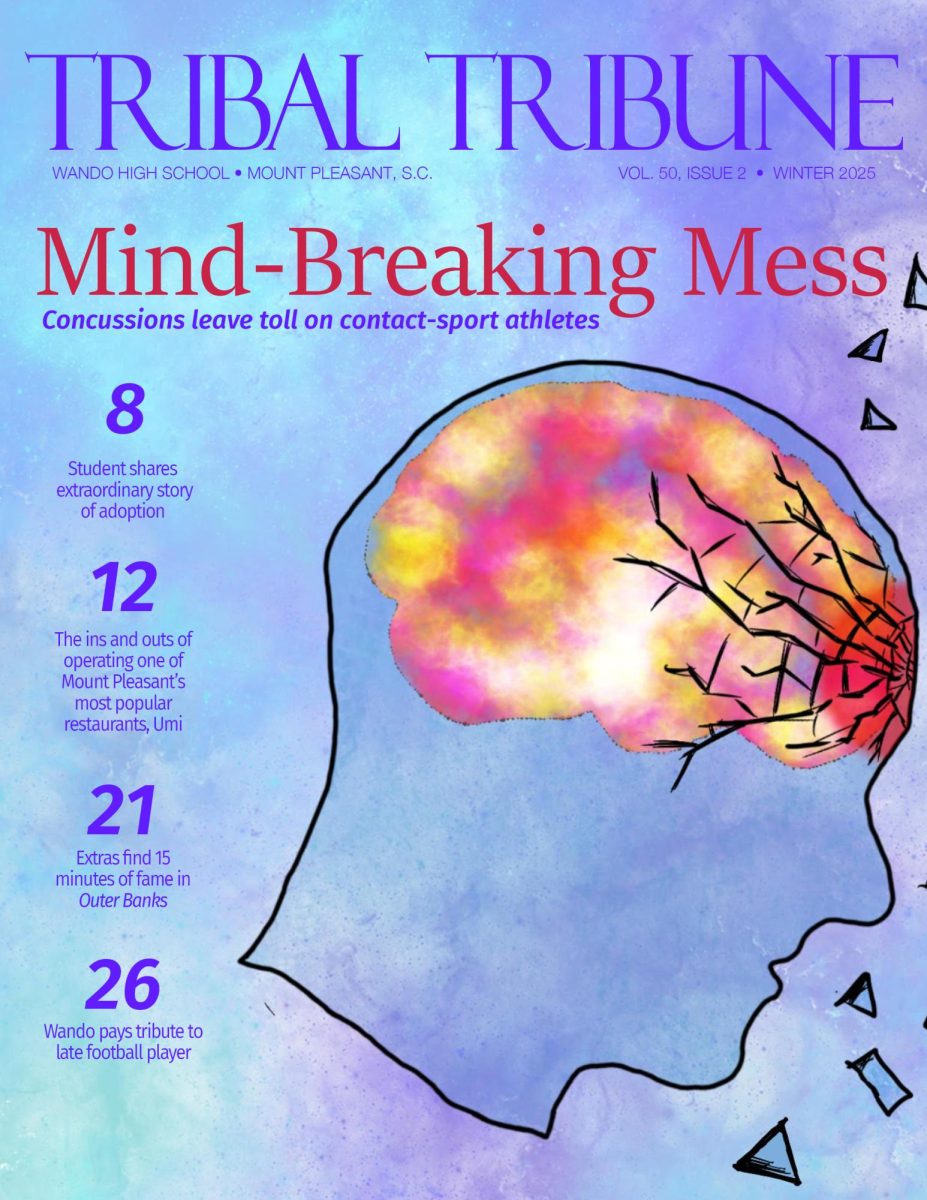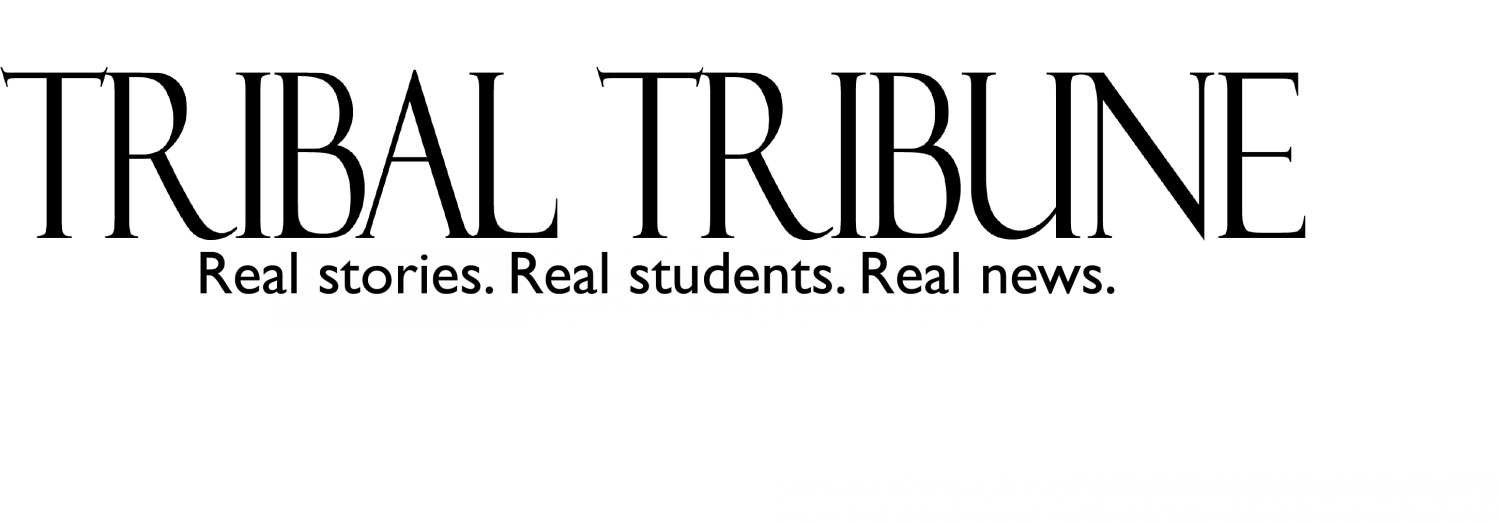Wherever people go, innovation follows. Whether it be technological advances, social change, or political reform, they all sprout from original ideas created by original people.
Recently innovation has started to come at increasingly faster speeds, and thus the need to adapt is growing. The journalism industry is most definitely familiar with this increasing level of change.
John O’Connor, one of the founders of the Baltimore Banner, a young digital news source, has observed changes in the industry in the past few decades.
“We all operate the same way for 10 years at a time, and then the internet comes along and we all operate the same way for 5 years at a time,” O’Connor said. “Now social media comes along, it just feels like those big changes where you have to [adapt to reach your audience] are coming faster and faster.”
News organizations are working hard attempting to adapt to all these changes, but so far they’ve only seen marginal success.
“I don’t think anybody really has a good idea of what works,” O’Connor said. “We’re kinda grasping at the dark like a lot of people.”
The places where traditional news organizations are finding success, however, are through short-form content and social media.
“Our subscriber audience doesn’t include much Gen Z, what we have found is that our total audience [including social media] includes more Gen Z,” O’Connor said. “The people that consume the [short from content] are not necessarily the people on our website.”
Social media has allowed news organizations, that were previously reaching an older, aging audience, to reach a new, younger audience that they previously couldn’t access. When it comes to what news Gen Z consumes over the internet, not all of the media they watch or read is trustworthy and unbiased. Justin Fabiano, adviser for the East Cooper Student News said he has concerns relating to this.
“I actively seek [the news] out, I don’t know if that’s happening in a 16-year-old’s life, I think it’s more [passively] coming to them,” Fabiano said. “It scares me a little bit though… once you get into that political world, I’ll start seeing posts that will really start to tick me off, and then I have to remember that someone created that to make people angry.”
Misinformation and disinformation are common in social media platforms, as they use highly intelligent algorithms to decide what posts their users see. Once they get a feel for what political orientation a user has, they can use it to keep them on the platform for longer.
“I don’t know what the kid’s TikTok algorithms are, but mine… has political content… not necessarily news, but more commentary,’ Fabiano said. “I don’t know if the kid’s see that kind of stuff, or if they see legitimate news.”
It is important for users to recognize whether or not the information they’re seeing is factual or opinion, so they can better weed out false information.
“Ask yourself about the purpose, if it is to inform you, it’s probably ok, if it is to inflame you, it’s probably misinformation… all of a sudden we start making decisions with our emotions, not with our head,” Fabiano said.
Sophomore Will Lovas has noticed how much news his fellow teenagers get from social media.
“I consume some of [my news] over television, and probably most of it over social media,” Lovas said. “I think other teenagers just get their news through TikTok, which is not a very good source.”
The change by Gen Z from traditional news sources which have their own, more trustworthy sites, to social media which gives information to them based on their personal opinions can leave them at risk of receiving biased news and misinformation.
“I think [social media] is a lot less useful for news than it used to be,” O’Connor said. “I think the signal-to-noise ratio… has been diminished.”
In addition, with this new generation of news coming from applications on people’s phones, they have the option to get notified of posts by their news source. While this is good for quickly receiving information, it can also hurt their understanding of it.
“If you’re just getting your news from a 160 character, 240 character tweet or simply a headline… your entire knowledge of it is just that headline,” Fabiano said.





































